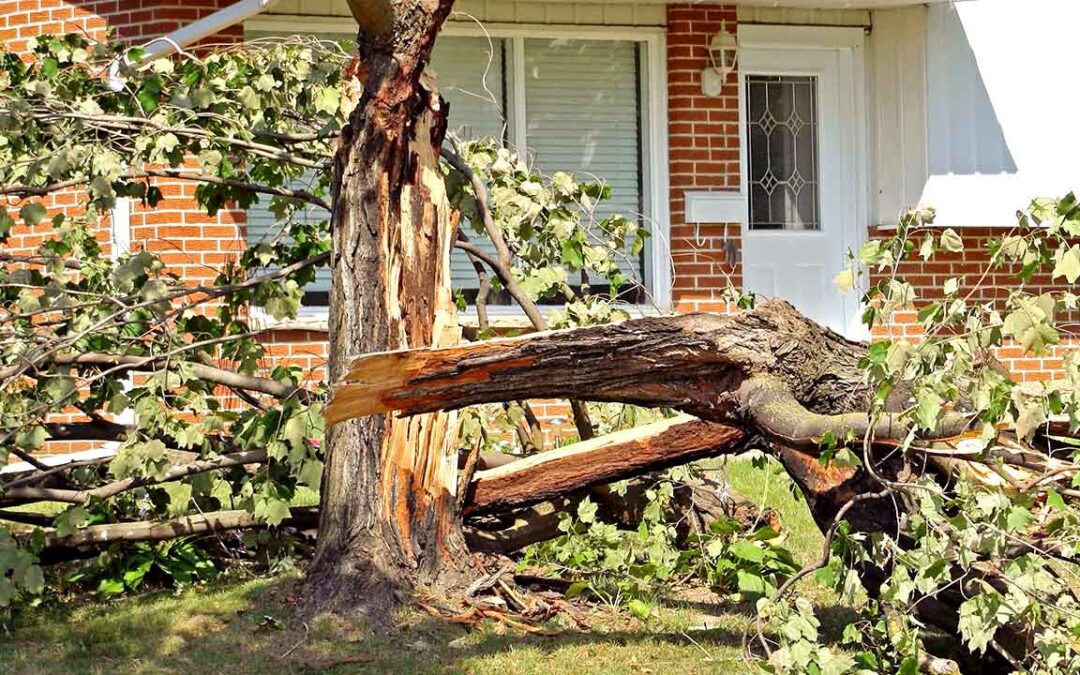Cold weather, snow, and ice storms can cause severe damage to your home or business. When these types of disasters occur, immediate action is necessary to prevent further damage to your property. FGL Land Maintenance has the experience, knowledge, and resources to remedy the damage caused by winter weather. However, it is better to have the knowledge of professionals on this subject and avoid worse damage or accidents for you and your loved ones.
Next, we will give you some tips to properly clean and restore your home or property after a storm.
Security First
Security, as always, should be at the top of your to-do list. Before entering the damaged property, you must avoid any additional risk by checking for structural damage and foundation cracks and turning off gas and electricity supplies. Please feel free to contact your service providers for help if you need help with how to do it independently. You can only be sure of your home’s structural integrity after a natural disaster by first investigating it.
Analyze The Situation
Before cleaning and repairing everything, you should assess your damage and develop a recovery plan. An organized approach will make the best use of your time and money. Your recovery plan should include flood protection measures that can be incorporated with repairs and save you thousands of dollars. Call your insurance agent. Tell him about the damage to your home and belongings so he can file a claim. Make a list of the injuries and take photos or videos of the state of the situation before repairing your home. Finally, consider whether you will need financial assistance to repair your home.
Security Elements
It is dangerous to return to your home because the flood may have caused structural, electrical, and other hazards. Therefore, after ensuring the place’s safety, protect your home and contents from further damage.
If you don’t have electrical construction and repair experience, don’t try to do this job yourself. Instead, hire a qualified contractor to perform this work. Before you start cleaning, make sure you’re prepared with the right equipment:
• Flashlight.
• First aid kit.
• Radio with batteries.
• Waterproof boots.
• Safety clothing, such as a hard hat and gloves.
• Boots or shoes with rugged soles.
• Dust mask.
• Camera or camcorder to record damage.
• Tools: crowbars, hammers, saws, pliers, wrenches, screwdrivers, etc.
• Drinking water.
• Garbage bags.
• A wooden stick to move objects and scare away snakes or small animals.
• Cleaning supplies.
After entering, turn off electricity and gas, salvage valuables (such as money, jewelry, insurance papers, and family photos), ventilate the house, plug holes to prevent more water from entering, remove debris, and check for broken pipes.
Systems Review
Verify that the fire protection system is operating and in service: water tank, fire pump system, automatic sprinklers, detection and alarm system, and security systems. Repair immediately in case of failure of any of these systems.
Prevent Mold Growth
• Clean and dry your home promptly after a storm or flood within 24 to 48 hours, if possible.
• Ventilate the house by opening doors and windows. Use fans to dry wet areas.
• Remove and discard anything that cannot be washed or dried quickly (such as mattresses, rugs, carpet padding, rugs, upholstered furniture, cosmetics, stuffed animals, baby toys, pillows, foam items, books, and wall coverings). And walls and paper products).
• Thoroughly clean all wet objects and surfaces with hot water and laundry or dish soap. For example, you’ll want to clean all floors, concrete, trim, metal and wood furniture, countertops, kitchen appliances, dishwashers, sinks, and other plumbing fixtures.
• Fix roof leaks and water leaks in walls or pipes as soon as possible.


